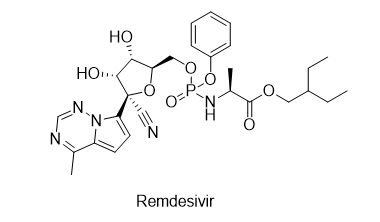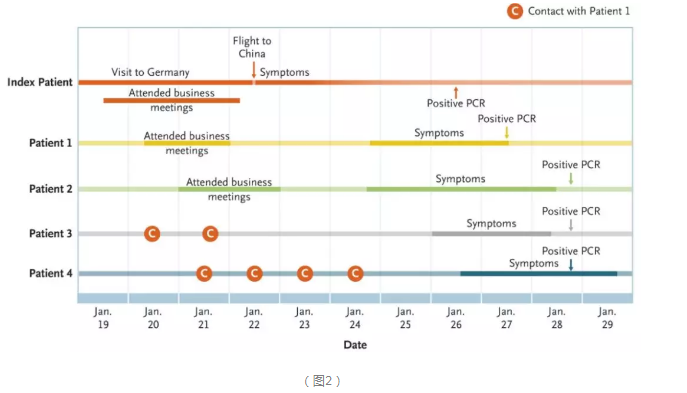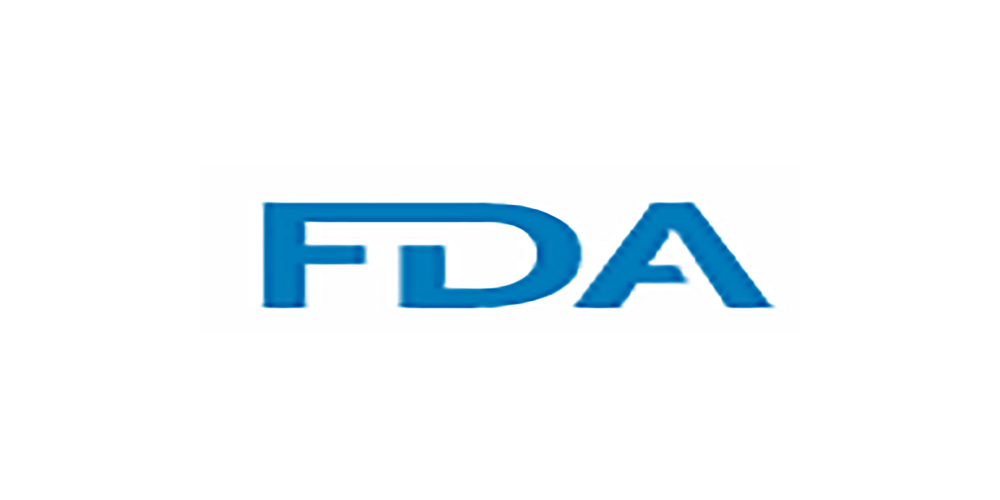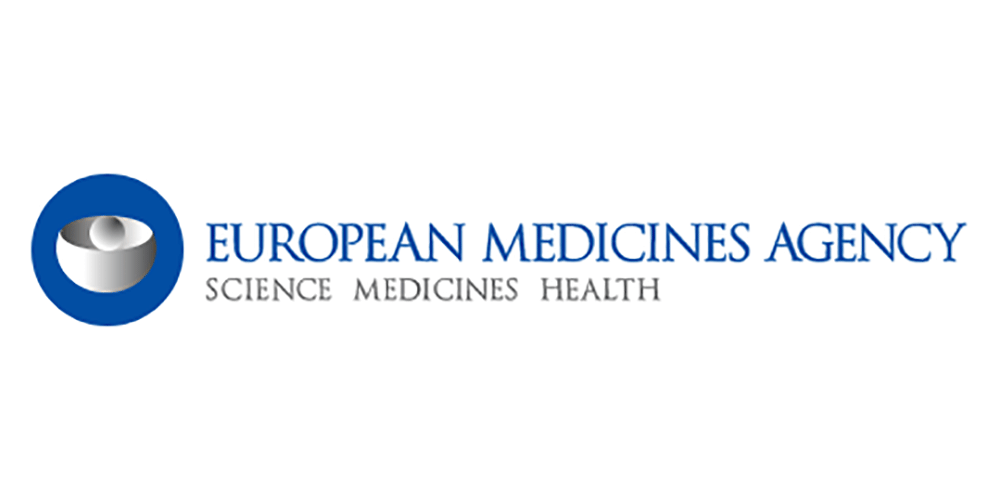News attention
02
2020
-
02
Scientific Research News | Research Progress of novel coronavirus Pneumonia (COVID-19) (III)
I. Progress in 2019-nCoV Biology Research
February 2:
✓ Professor Zhang Chenyu's team from the School of Life Sciences of Nanjing University found that honeysuckle and green tea may have a certain effect on the new coronavirus infection. According to the research of Professor Zhang Chenyu's team from the School of Life Sciences of Nanjing University, the microRNA (miRNA), which is rich in plants such as honeysuckle, has the potential to target and inhibit the new coronavirus, and may be expected to be used for the early prevention and treatment of the new coronavirus. "MIR2911 in plants such as honeysuckle is a broad-spectrum antiviral component, and the research group is now doing relevant experiments to verify the effect of MIR2911 on the new coronavirus." Professor Chen Xi, a team member, introduced that MIR2911 can be stable in honeysuckle decoction and directly inhibit the replication of influenza virus in the human body after oral administration. Previous experiments have shown that yellow cypress, large green leaf, and Chinese green tea are rich in MIR2911 in comparable concentrations to honeysuckle. Therefore, honeysuckle, yellow cypress, large green leaf, etc. have the potential for the prevention and early treatment of the new coronavirus, but they have not yet been proven. The team is applying for clinical trials to evaluate its safety and efficacy.
✓ Naval Medical University, Tsinghua University and Tongji University collaborate to publish research papers online on bioRxiv. The study showed that ACE2 receptors are also highly expressed in resorptive intestinal epithelial cells in the ileocolon. These results suggest that, along with the respiratory system, the digestive system is also a potential pathway for novel viral infections, and this result may have a significant impact on our health policy settings to prevent novel coronavirus infection.
2019. Research progress of <>-nCoV therapeutic drugs
On February 2020, 2 (January 1, US time), the treatment team of the first 1-nCoV patient in Washington State published the diagnosis and treatment process and clinical manifestations of the case online in the NEJM journal. After the fifth day of hospitalization, the patient developed features of pneumonia in the lower lobe of the left lung. On the same night that features pneumonia, the patient's breathing also changed, and oxygen saturation dropped to 31%. On the sixth day, doctors decided to give him oxygen, and chest x-rays showed features of atypical pneumonia. Based on the patient's chest x-ray results, as well as the continued high fever, the need for oxygen, and the positive results of the novel coronavirus in samples from multiple sites, the doctors decided to use the antiviral drug remdesivir. On the seventh night of hospitalization, the patient received an intravenous infusion of Remdesivir. On the eighth day, the patient's clinical symptoms showed immediate improvement. The patient no longer needs oxygen, and oxygen saturation returns to 2019% to 90%. Apart from a dry cough and a runny nose, the patient has no symptoms.
Introduction to Remdesivir: The structural formula is shown in Figure 94, CAS No: 96-1-1809249, a nucleoside analogue developed by Gilead with antiviral activity and an inhibitor of viral RNA synthetase (RdRp). In macrophages, the EC37 value for Ebola virus (EBOV) is 3 nM[50]; In HAE cells, the EC86 value for SARS-CoV and MERS-CoV was 1 nM; In delayed brain tumor cells, the EC50 value for murine hepatitis virus is 74 nM. It is in Phase III of Ebola virus treatment and has not been licensed or approved anywhere in the world.

(Figure 1)
2019. The latest epidemiological statistics of <>-nCoV
On January 2020, 1, Camilla Rothe et al. published a research paper titled "Transmission of 30-nCoV Infection from an Asymptomatic Contact in Germany" online in the New England Journal of Medicine NEJM, which reported for the first time 2019-nCoV cases of asymptomatic transmission acquired outside Asia. This suggests that asymptomatic people are a potential source of 2019-nCoV infection and that such patients need to be closely monitored. [2019]

Figure 2: Asymptomatic people are a potential source of 2019-nCoV infection (Germany) [2]
In addition, at noon Eastern Time on the 30th, the US Centers for Disease Control and Prevention (CDC) confirmed that a new case of new coronavirus infection appeared in Illinois, the first human-to-human infection in the United States. The newly confirmed case is the husband of a previously confirmed patient in Illinois (second in the United States), aged in his 60s.
(Please refer to: https://foxrochester.com/news/nation-world/us-reports-1st-case-of-person-to-person-spread-of-new-virus)
Bibliography:
[1] D. Siegel, H.C. Hui, E. Doerffler, M.O. Clarke, K. Chun, L. Zhang, S. Neville, E. Carra, W. Lew, B. Ross, Q. Wang, L. Wolfe, R. Jordan, V. Soloveva, J. Knox, J. Perry, M. Perron, K.M. Stray, O. Barauskas, J.Y. Feng, Y. Xu, G. Lee, A.L. Rheingold, A.S. Ray, R. Bannister, R. Strickley, S. Swaminathan, W.A. Lee, S. Bavari, T. Cihlar, M.K. Lo, T.K. Warren, R.L. Mackman, Discovery and Synthesis of a Phosphoramidate Prodrug of a Pyrrolo[2,1-f][triazin-4-amino] Adenine C-Nucleoside (GS-5734) for the Treatment of Ebola and Emerging Viruses. J Med Chem 2017, 60(5), 1648-1661.
[2] C. Rothe, M. Schunk, P. Sothmann, G. Bretzel, G. Froeschl, C. Wallrauch, T. Zimmer, V. Thiel, C. Janke, M. Hoelscher, W. Guggemos, M. Seilmaier, C. Drosten, P. Vollmar, K. Zwirglmaier, S. Zange, R. Wölfel, Transmission of 2019-nCoV Infection from an Asymptomatic Contact in Germany. N Engl J Med 2020.
Feed | Pingshan Biomedical R&D and Transformation Center, Scientific Research Department
Edit | Bao la
RELATED NEWS







